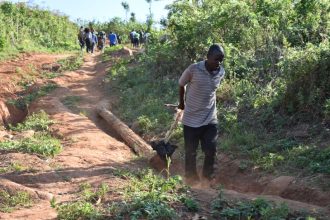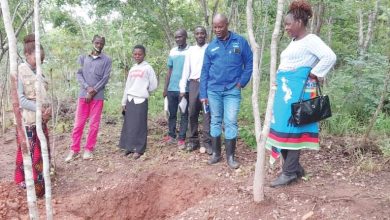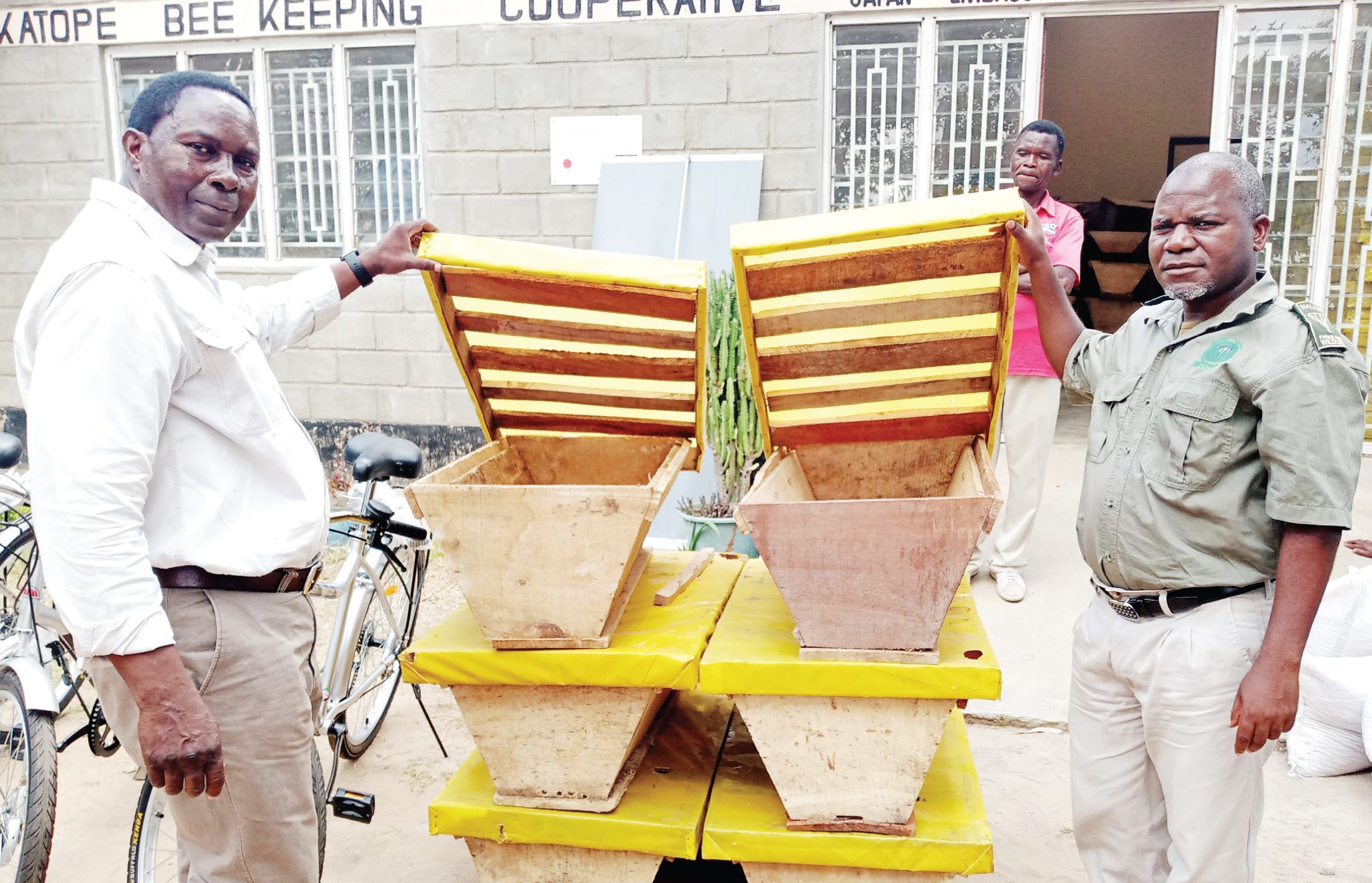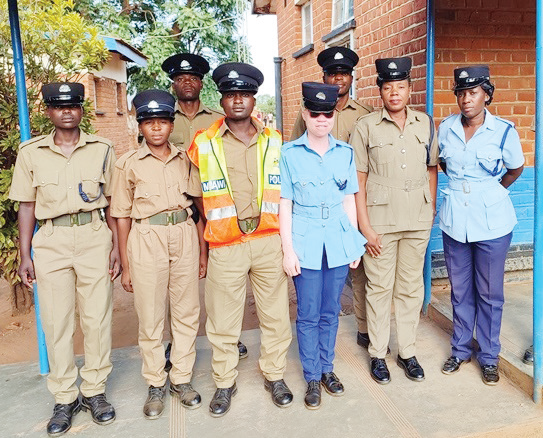On pumping water from Lake Malawi to supply Lilongwe—part ii
This week, Dr. Kenneth Wiyo, an Associate Professor at Lilongwe University of Agriculture and Natural Resources (Luanar) continues to examine the viability of the planned Salima-Lilongwe Water Project which is expected to ease water challenges faced in Lilongwe City by providing steady supply of domestic water to the city. In this article he continues to pose some technical and social questions a project of this magnitude ought to answer at pre-feasibility and full feasibility stages before any money is spent on the project works.
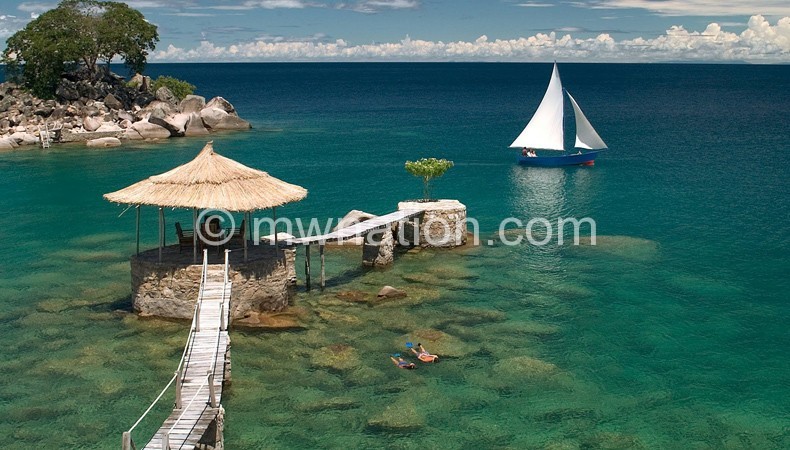
What financing arrangements is government exploring or looking at?
Will the Salima Water Project use Government budgetary resources? Grant or development aid money? Public-Private Partnerships (PPPs)? Has a financial study been done to know the structure of the financials and wiggle room for negotiations? How about due-diligence on the identified private partner. Is it economical? What is the source of funding by the private partner? Private equity or just a financial broker? If it is a concession, for how long? Is it BOT arrangement (build, operate and transfer)? What economic concessions will government give? Will this deliver cheap reliable water to Lilongwe City? To answer all these questions will require a full feasibility study alongside Environmental Management Act law to carry out an Environmental and Social Impact Assessment (ESIA) Study.
Cheap water attracts industries and jobs to a city creating employment for city residents and surrounding communities. Expensive water chases industries and jobs away. We should be reminded that Malawi IPPs (independent power producers) in energy projects have stalled on account of energy tariffs and agreeable financial concessions from government.
Open and transparent tendering procedures are preferred to prevent “elite capture” a situation where the powerful and well connected businessmen capture a project to make money out of it and not necessarily to deliver results. What is happening in Chikangawa Plantation now by businesspersons is a classic example of elite capture. Some analysts say they captured Export Development Fund (EDF) money, got concessions which they are failing to fulfill conditions let alone pay timber fees to government.
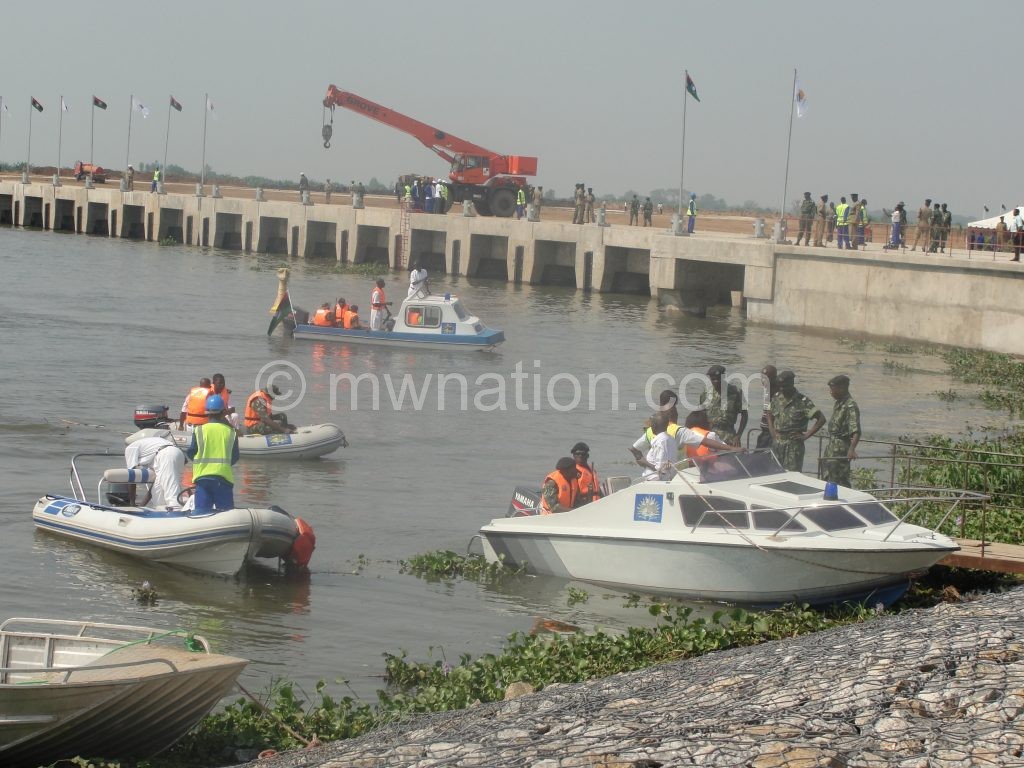
Is this the most cost-effective way to supply water to Lilongwe City?
Having sorted out the technical issues surrounding this project, the key question to ask is at what cost per unit volume (mk/m3) will the Salima water be delivered to Lilongwe City?
Is the cost affordable to Lilongwe City residents and industry? Are we sure there are no cheaper water supply alternatives? How about the construction of the proposed Diamphwe Dam? Raising the level of Kamuzu Dam 1? Lilongwe City is surrounded by large dambos and some rivers (Likuni, Mlare, Lingadzi, Lumbadzi, Linthipe, Rifidzi and Tete in Dedza?).
Are we sure we cannot construct cheaper dams on such dambos and rivers at an affordable cost of water to city residents? In the medium and long-term environmental degradation issues from water source catchments can be sorted out given political will. Availability of reliable cheap water can make or break the growth of a city. Blantyre City is a classic example. Industries and jobs relocated to Lilongwe or Mzuzu City when Blantyre had an acute shortage of water some years ago.
How soon will the Salima-Lilongwe Water project be operational if funds were available today?
Listening to the public discourse of the Salima-Lilongwe City water supply project, the public is given the impression that the project will soon solve Lilongwe City water woes. This is far from the truth and not correct.
At the minimum, the project will require at least five to seven years to be operational—unless we had the magic of the Chinese—who can deliver such a gigantic project in four years! You are welcome to disagree but hear this first.
The required full detailed feasibility study should take between one to two years. The Environmental and Social Impact Study (ESIS) another one year, compensation and re-settlements action plan can take another one year if done fast, but typically it takes two years—assuming there are no court injunctions by disgruntled citizens! Actual project works; laying a pipeline a distance of 120 to 180 kilometres, designing and commissioning water pumping plant and power source, water treatment plant and where should it be located, required storage dam in Lilongwe can take many years.
Conclusion
At the very minimum, a pre-feasibility, full detailed feasibility study and ESIA report are required to answer these 10 questions. I have not seen such reports, maybe they are there but I doubt they have been done given the speed at which this project is moving.
It seems to me that this is a project that has identified some monies elsewhere and we are rushing to find a project to spend the money on and not necessarily to delivery results. In the language of engineering professionals we talk of such projects as running on political wheels. Stop them at your own peril. Many professionals choose to stand aside and watch as the project train zooms past delivering nothing. A good example is the Nsanje Inland Port.
Malawi as a nation should not be in a rush spending $500 million (about K400 billion) on a massive project such as this one without answers to such key questions. It is money down the drain.
As a nation, we need to be reminded what happened the last time we rushed on a project of such magnitude. We rushed to build Nsanje Inland Port without pre-feasibility and full feasibility studies and without the agreement of a key partner, Mozambique at a cost of K8 billion.
Mozambique had no choice but to embarrass Malawi by detaining a trial boat on the day of the port launch and demand a full feasibility study and a treaty to go with it. The Nsanje Inland Port has stalled as a result and its future is in doubt. Engineering projects are like a tortoise and not kalulu the hare. You cannot rush them.
I am praying that Members of Parliament (MPs) will do their rightful duty and ask key questions before approving or guaranteeing K400 billion. MPs should insist on seeing a full feasibility and ESIA reports before approving such a loan or guarantee.
Furthermore, due diligence should also be done on the company purportedly selected to carry out such project works. What is their experience and expertise on water issues in Southern Africa? What is their source of funds? Financing arrangements? What is their delivery history and integrity? To be fair, chances are the selected company is a good experienced company that can deliver this water project after feasibility and ESIA studies.
However, responsible government controlling officers must first do a due diligence on this company or any other company before awarding any such company. A K400 billion contract to pump water from Lake Malawi to Lilongwe City is a big project to approve without thorough scrutiny. At the minimum, we must find out their past project dealings in the region or elsewhere.
I am reminded of the words of my retired engineering professor at McGill University, Canada: “Engineering white elephants are very costly to any national economy. Before you spend any money on an engineering project carry out a feasibility study. The onus is on professionals who are knowledgeable on the topic to speak out and raise critical questions on a project in order for countries to avoid costly and embarrassing mistakes.”
I rest my case.
*Dr Kenneth Alfred Wiyo is a certified registered engineer and an Associate Professor on Water and Irrigation with over 22 years experience in the sector. He teaches water and irrigation issues at Bunda Campus, Luanar. He is writing in his personal capacity.


